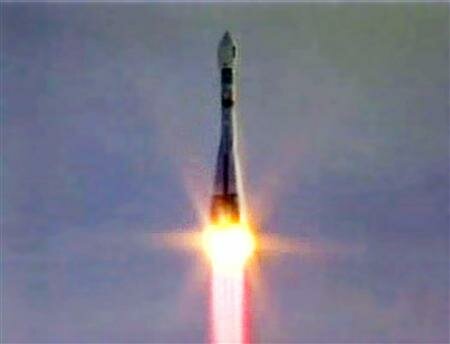Wed 26 Dec 2007
GPS World reports:
Russia gave the GNSS industry three gifts this Christmas, particularly in its home country.
On Tuesday the Russian Federal Space Agency successfully launched a Proton-M carrier rocket with three Glonass satellites on board from the Baikonur space center in Kazakhstan, Russian news agency RIA Novosti reported.
The launch will bring the Glonass satellite constellation total to 18 satellites, enough to provide navigation services to all of Russia, assuming all three can be put into service. By 2010, Russia plans to have a fully operating constellation of 24 Glonass satellites—enough to provide positioning service over the entire globe, complementing the U.S. GPS constellation.
Six Glonass satellites are scheduled for launch in 2008, and the first two improved Glonass-K satellites are scheduled for launch the following year, according to RIA Novosti reports.
In related news, a number of news agencies quoted Vladimir Putin on Monday as asking about the availability of Glonass-enabled tracking hardware for his dog, a black lab. The question reportedly came after Putin was briefed about the launch scheduled for the next day and the status of the Glonass system.



